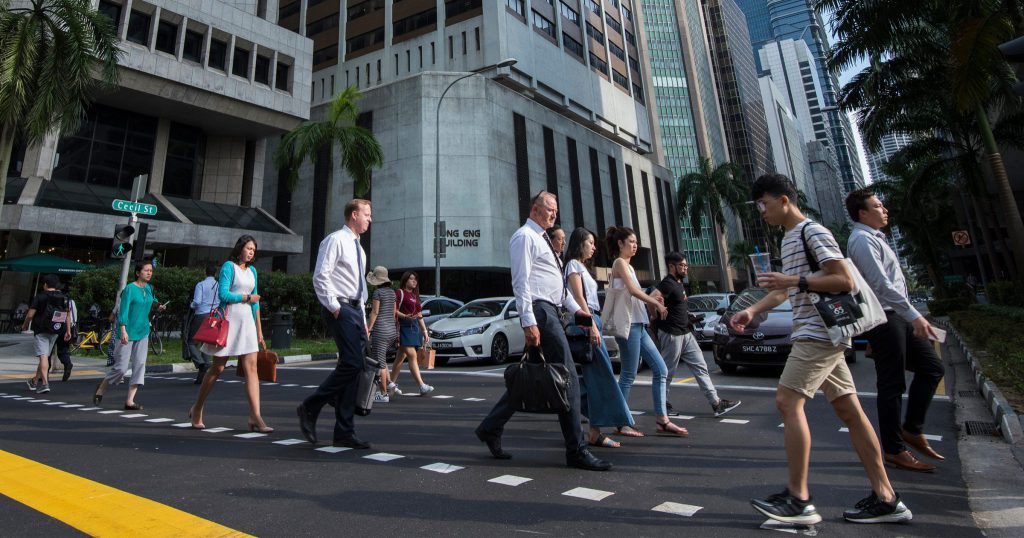This article originally appeared on Vulcan Post.
The Infocomm Development Authority (IDA) yesterday released data detailing the 3G and 4G speeds that local users can enjoy across our three telcos: M1, Singtel and Starhub. According to a report by Today, the data was collected from around 4,000 users during the period of October last year to March this year.

Surprisingly, M1 comes out smelling like roses in the contest, despite being the smallest player in the telco industry. According to IDA’s report, M1 came out tops in terms of the time needed for users to establish a local connection on 4G, with an average of 35.4 milliseconds. It beat Singtel’s average of 50.9 milliseconds and Starhub’s timing of 53.5 milliseconds by a clear margin.
In terms of 3G connectivity, M1 also emerged the clear winner, with its average response time of 99.9 milliseconds — more than twice as fast as Starhub’s average of 258.4 milliseconds. Once again, Singtel was just a shade slower than M1’s average, with users taking around 117.9 milliseconds to establish a 3G connection.

Admittedly, a lag of milliseconds isn’t quite significant, considering that these differences are just fractions of a second — even a blink of an eye is said to take 300 to 400 milliseconds. It’s unlikely that we can really detect the variance in these connection setup times, although the presence of such a wide margin between the fastest and slowest response times is still questionable.
Another set of data collected by IDA involved data download speeds on 3G and 4G across the three telcos. Once again, M1 claimed bragging rights, with a typical 4G data download speed of 4.9Mbps to 43.7Mbps. In contrast, StarHub’s speed averaged around 5.0Mbps to 40.5Mbps.
In terms of 3G download speeds, though, it was Singtel who took the crown, with its typical speed ranging from 0.8Mbps to 11.2Mbps. Both M1 and StarHub had a typical speed of 0.9Mbps to 7.3Mbps.

According to a report by The Straits Times, IDA collected all this data via a mobile app, MyConnection SG, which it released in October last year. The app is available on both Android and iOS, and once downloaded by users, draws on usage experience from their phones to give IDA a better understanding of the broadband speed, latency and coverage provided by their networks.
IDA also revealed that it plans to publish its findings from the app every six months, meaning we can look forward to potentially greater efforts on the part of our telcos to continuously improve their services.
With M1 emerging the winner in three out of four comparisons this time round (not to mention its generous offering of free voice calls, SMS, MMS and unlimited mobile data over the upcoming SG50 weekend), it looks like the other two telcos might have a tough act to beat, for now.










